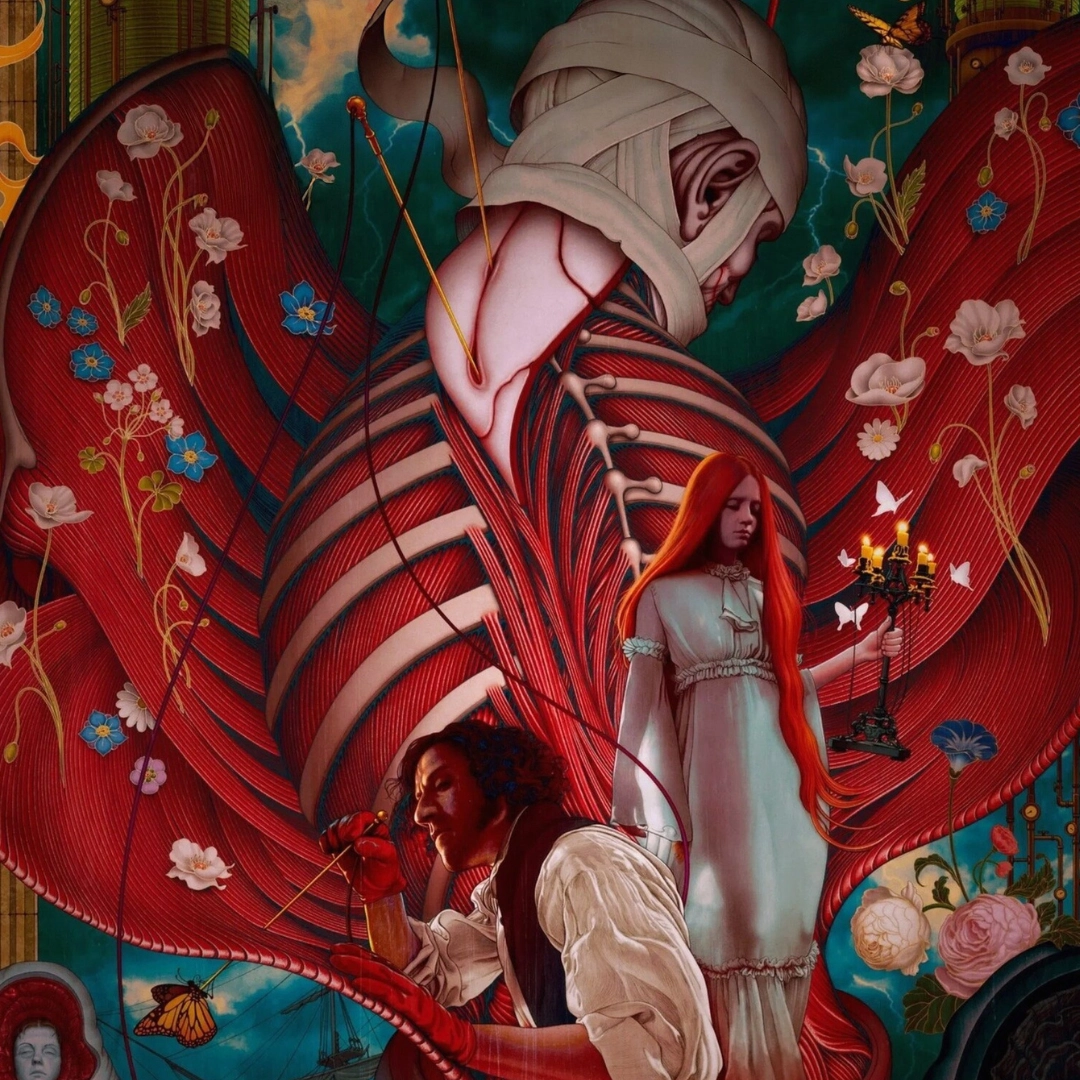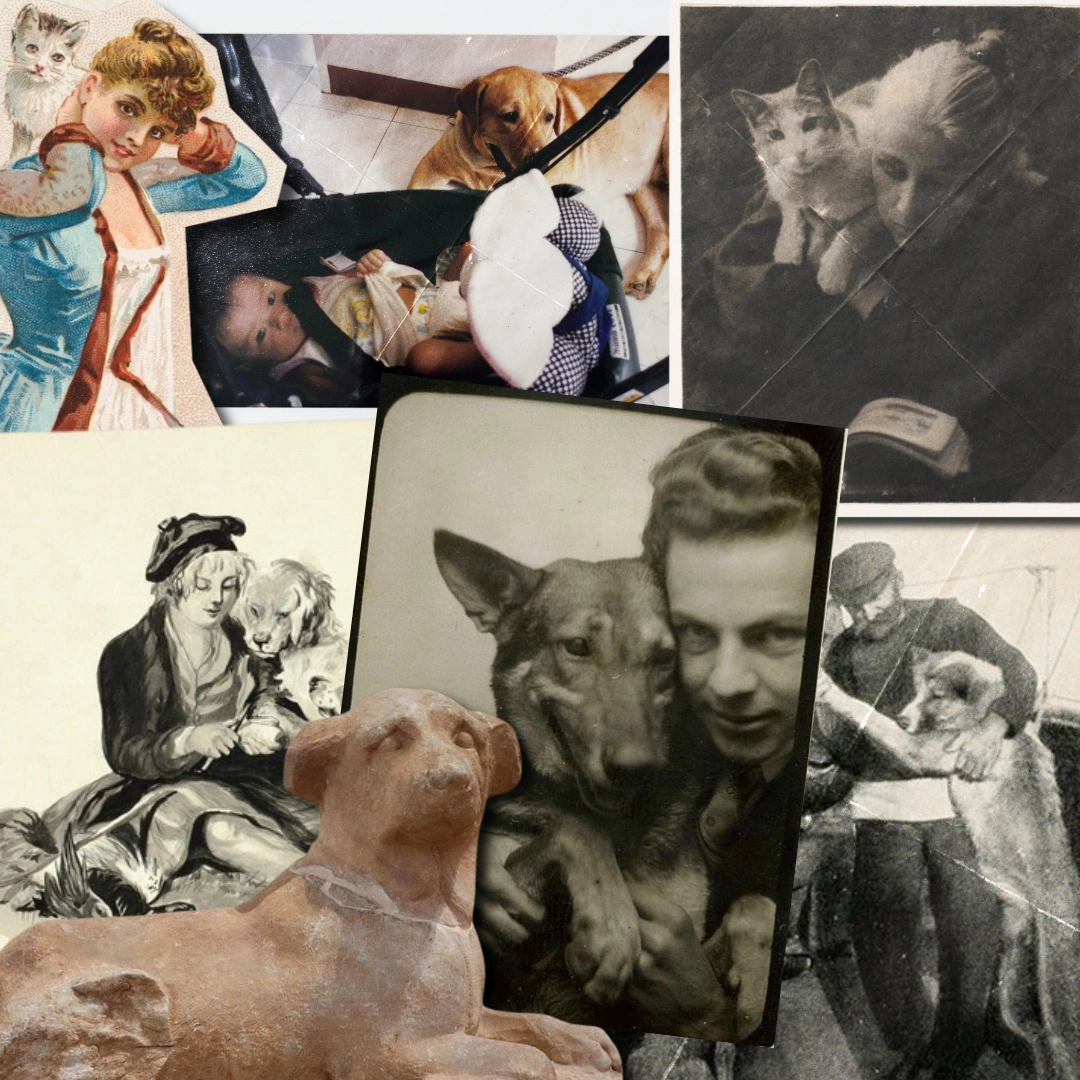Samuel Peralta, a semi-retired physicist, started the Lunar Codex project to create valuable time capsules of contemporary art on the moon.
For centuries, nearly every civilization had forms of art that left a mark on the world in some way. In fact, much of what we know about past societies, we gleaned from artistic works throughout history.
READ ALSO: Cosmic Tours: Take A Galactic Adventure With Commercial Space Flights At $450,000 A Ticket
Art is, after all, a record of lived experiences and cultural values. Cave drawings, for example, depicted hunting scenes and animals that our early ancestors often interacted with; these were representations of their everyday lives and what was most important to them.

Even after a person or group of people have passed on, their ideas survive through their words, pictures, music, oral traditions, and the like. That’s why these forms of self-expression are so integral to the overall existence and legacy of humanity.

Samuel Peralta, a semi-retired Filipino-Canadian physicist and writer, intends to continue this tradition of record making through his Lunar Codex project. The codex will include a digitized collection of art, poetry, music, film, podcasts, books, and magazines from 30,000 creatives, and as the name suggests, will be permanently installed on the moon through unmanned rockets.
An Out-Of-This-World Artistic Effort
Peralta shared that while contacting artists for the project, a few were skeptical with his proposal of placing their works on the moon. “They think this is some sort of a scam,” the physicist told the New York Times.
However, Peralta is quite serious about his ambitious endeavor. The accomplished physicist is the son of Filipino playwright and anthropologist Jesus T. Peralta and abstract artist Rosario Bitanga-Peralta. Although he was a physicist, Peralta possesses an appreciation and knack for the arts, being both an art collector and poet.

To him, the project is a way of honoring artists in the wake of hardships they faced throughout the COVID-19 pandemic. He refers to it as a “message in a bottle for the future,” one with a hopeful view of what humanity is capable of amid harrowing of circumstances.
“Our hope is that future travelers who find these time capsules will discover some of the richness of our world today,” Peralta shared in a statement on Lunar Codex’s official website. “It speaks to the idea that, despite wars and pandemics and climate upheaval, humankind found time to dream, time to create art.
How It Works
So how exactly will Peralta transport works from thousands of artists to the moon? Well, they certainly won’t be physical. Peralta will be digitizing the various materials by transferring them to memory cards. More specifically, lightweight and nickel-based NanoFiche cards that can withstand harsh environments, reported The Smithsonian.
Artnet added that the analog storage systems can hold “150,000 laser-etched microscopic pages of text or photos on one 8 1/2-by-11-inch sheet.”
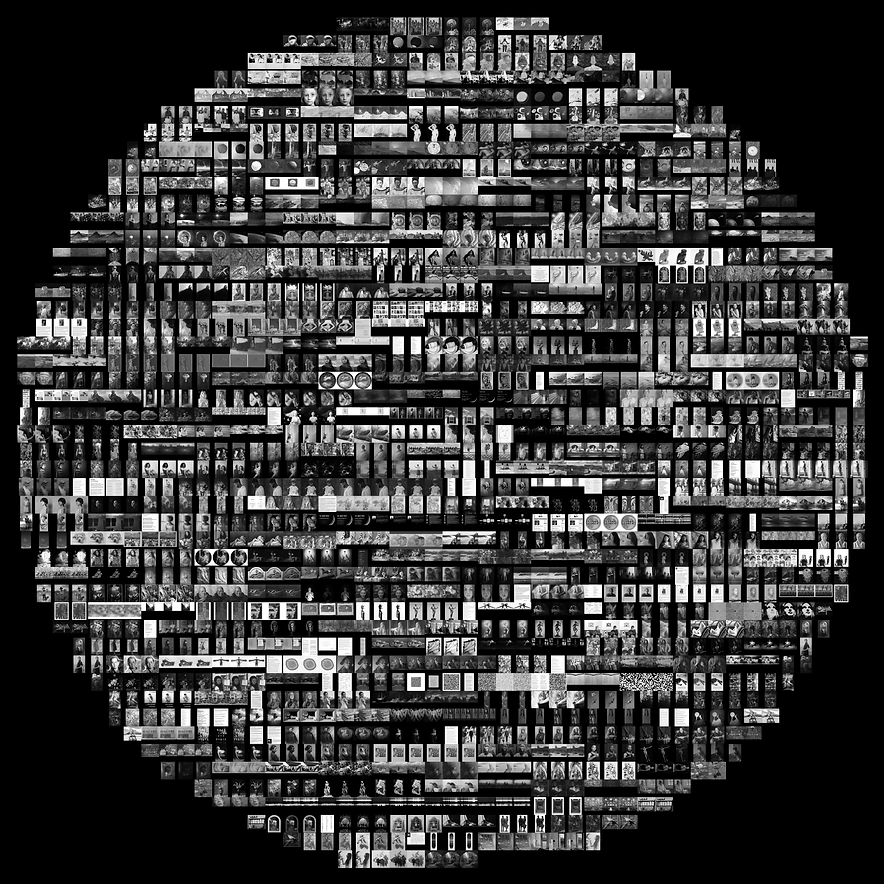
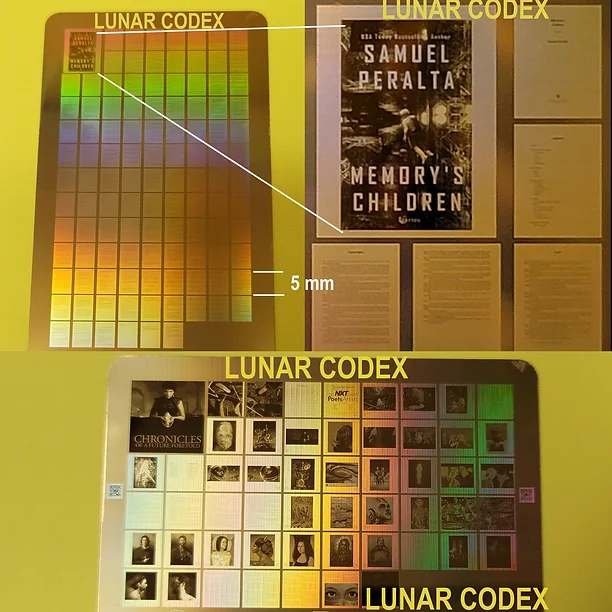
The Lunar Codex is composed of four different collections: the Orion Collection, Peregrine Collection, Nova Collection, and Polaris Collection. Pieces under Orion already went to space during NASA’s first Artemis mission, which orbited the moon and returned to earth in 2022. Meanwhile, the last three will be landing on the moon over the next few years and traveling alongside NASA missions.
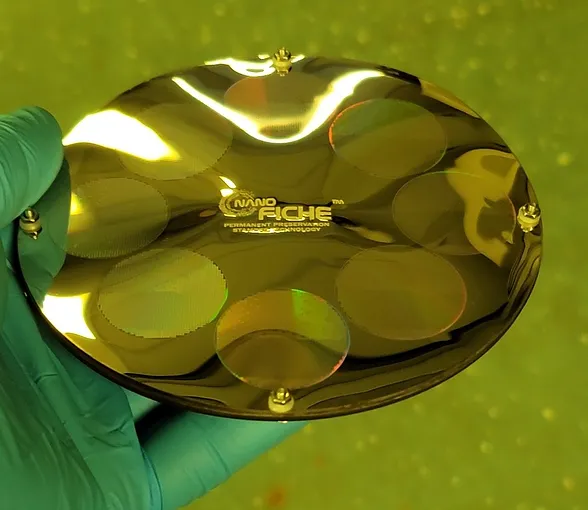
Peralta and Incandence—his Toronto-based media and technology company— are funding the project, according to The Smithsonian.
A Diverse Collection of Art
Artists hailing from 158 countries and territories from Europe, Africa, Latin America and the Caribbean, North America, Oceania, Asia, and the Middle East are participating in Peralta’s grand anthology project. In order for a work to be eligible, an exhibition, catalog, or anthology must’ve featured it at one point, as per Artnet. While Peralta directly contacted certain artists, contributors were also welcome to join the endeavor.

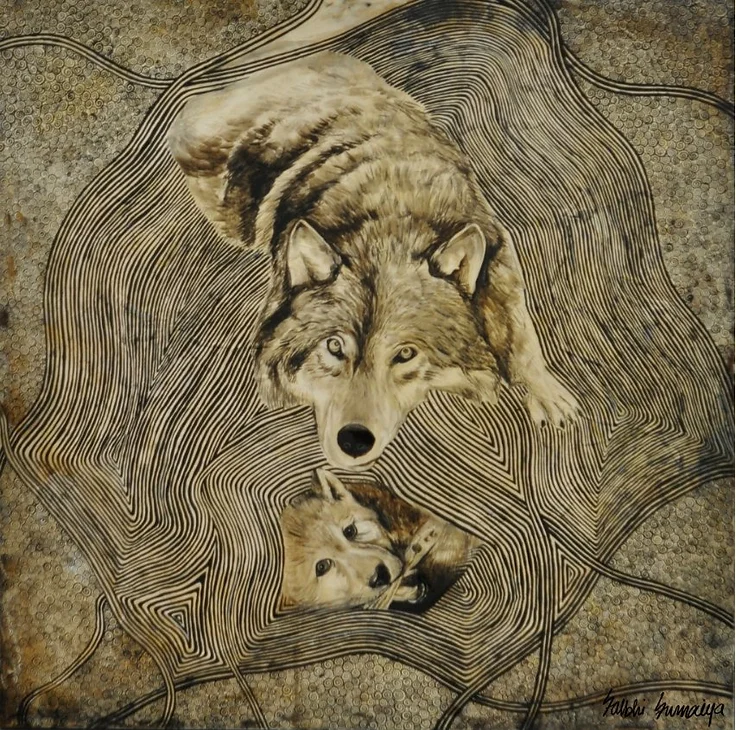
This isn’t the first time that humans have sent art to space. In fact, it happened the moment people had access to space travel. A work entitled “The Moon Museum” (a tiny ceramic tile with drawings by artists like Andy Warhol, Forrest Myers, and John Chamberlain) was the first art piece on the moon when it flew with the Apollo 12 spacecraft in 1969. An aluminum sculpture followed in 1971, as well as a time capsule of audio and visual images on a metal disk called “NASA’S Golden Record” in 1977.
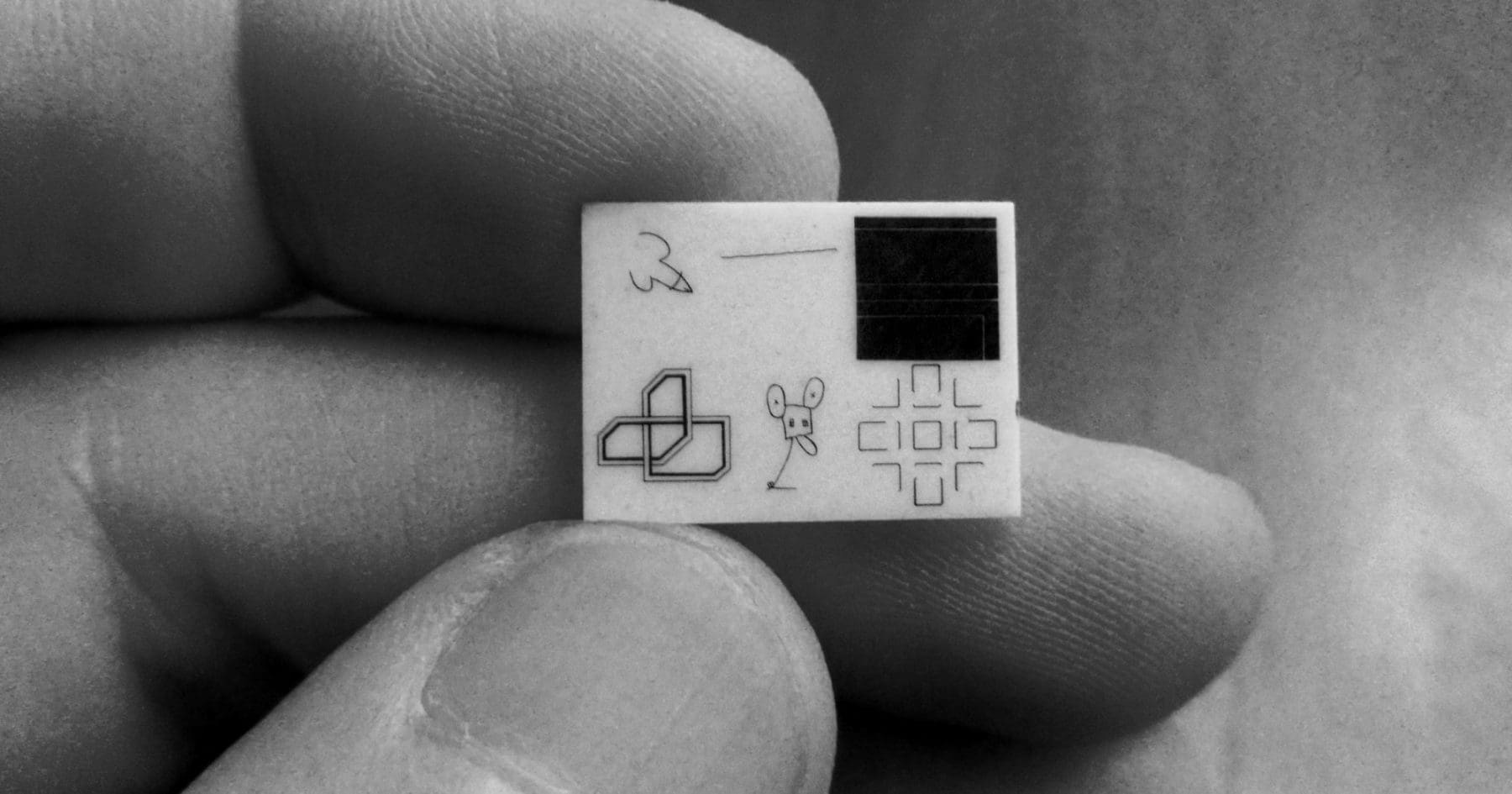
That said, what makes Peralta’s Lunar Codex so special is its diverse range of artists. No art collection from the Apollo missions has ever included works made by women in a variety of creative fields. Peralta also focused on more contemporary art, rather than old classics, during his curation process.
“Because of this, as an arts and culture project, the Lunar Codex has been called the most expansive, international, and diverse collection of contemporary culture launched into space,” stated the project’s official website.
One Small Step for Woman, One Giant Leap for Representation
Women creatives from all over the world play a significant role in composing the codex’s content. These female artists come from different backgrounds and all have unique perspectives to offer.
For example, Olesya Dzhurayeva is a Ukranian printmaker who evacuated Kyiv in April 2022 due to the ongoing war with Russia. Shortly afterwards, Peralta contacted her to ask if he could feature her linocuts in the Lunar Codex—including a series of woodcuts created using black Ukrainian soil.
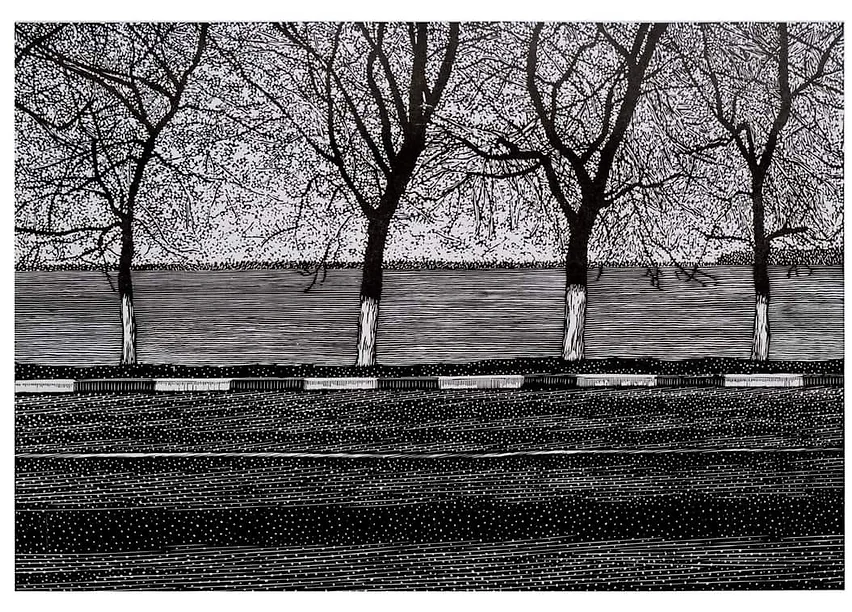
“This project is so life-affirming with thoughts about the future,” she wrote to the New York Times in an email. “This is exactly what I needed in those first months [after escaping Kyiv].”
Connie Karleta Sales is another female artist contributing her works to the project. Due to an autoimmune disease called neuromyelitis optica, Karleta lacks full mobility—so, she creates expressive works of art using eye-gaze technology.

Works of U.S. poet laureates like Louise Glück, Rita Dove, and Ada Limón will also be in the codex. Peralta digitized 25 years’ worth of episodes of “The Poet and the Poem” radio show and 130 issues of PoetArtists magazine for the collection, according to the New York Times.
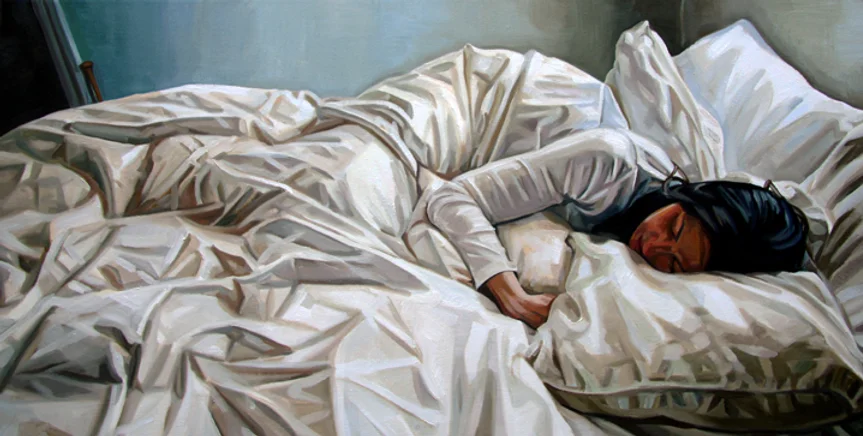
Heather Horton, another visual artist in the project who specializes in painting pieces of magical realism, shared with The Smithsonian: “I’ll never look at the moon the same. It’s a privilege to be going up there.”
Banner photo from the Lunar Codex website.



